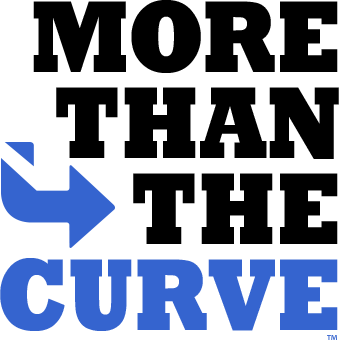As you know, I am a trial lawyer, I represent injured individuals. Before law school, I was a police officer. Thus, for almost 35 years, I have seen, studied and tried to assess responsibility and blame for a huge number of injuries caused by a wide variety of products, activities, property conditions and motor vehicle accidents. I do not usually grapple with an issue like whether, legally or morally, a product should or should not be sold, whether a company has the right to sell a certain product and whether the government can limit or ban that product. A product that has become quite popular on college campuses, however, had me thinking along these lines, and has just been banned by FDA.
The product is Four Loko, a malt liquor type alcoholic beverage that is sold in colorful 23.5 ounce cans in various fruit flavors. Each can costs only about $2.50. However, the drinker gets quite a bang for the buck. The exact ingredients are not listed but each can contains the alcohol equivalent of about 5 or 6 beers and the same amount of caffeine as found in several cups of coffee in addition to about 50 to 60 grams of sugar. Some have described it as an alcoholic, caffeinated, sugar charged energy drink. I suppose this combination of ingredients begs the question: What social purpose is served by selling this product? How does it benefit society?
After first hearing about Four Loko from my own college-aged children and their friends – – which almost immediately turned more hair gray – – I began reading about Four Loko. Apparently, because it is so cheap, many college kids drink it to get drunk fast. Unfortunately, quite a few students have ended up in the hospital with alcohol poisoning. Apparently, because one can contains the alcohol of 5 or 6 beers, the drinker does indeed get drunk rather quickly. However, because one can also contains a significant dose of caffeine, and sugar, the drinker does not get drowsy or sleepy. Instead, the drinker seems to have more energy, which leads to more drinking and unfortunately, it often leads to participating in more injury-producing activities because the drinker is just so very drunk. Perhaps without the sugar and the caffeine, the same drinker would have been long passed out, but with these drinks, the action seems to last longer and can become more dangerous.
Ramapo College in New Jersey has banned this beverage from its college campus. Apparently several students were hospitalized for alcohol poisoning and some physicians have questioned whether the mix of caffeine and alcohol is just too dangerous. Apparently the ability to stay awake and drink more can actually lead to the drinker consuming potentially fatal levels of alcohol. Indeed, one emergency room physician reported that a 28 year old man tried to drink 4 cans of Four Loko. After 3 cans, the man was hospitalized, nearly comatose, his blood alcohol content approached .4 (5 times the legal limit) and he had lost control of his bowels and bladder.
A few years ago, large beer makers including Anheuser Busch and Miller Coors made caffeinated alcoholic beverages but apparently those companies stopped selling those products in part because a group of State Attorneys General asked them to stop. Since then, several smaller companies have marketed these caffeinated sugar filled alcoholic beverages. In one interview, the makers of Four Loko said that when consumed responsibly, their products are just as safe as any other alcoholic beverage. The company noted that for many years, people have enjoyed rum and coke and that is a mixture of alcohol and caffeine. Furthermore, the company says that many people have a cup of coffee after having glasses of wine with dinner. Finally, the company says that it is not their product, but what these students are drinking after they drink Four Loko that causes the problem.
Frankly, none of those comments make much sense to me. Sure, people. have enjoyed a rum and coke drink for many years. However, I never recall a rum and coke being served in a 23 ½ ounce glass. I thought a rum and coke had 1 shot of rum, some coke and a few ice cubes. Likewise, if you have wine with dinner, you probably have two 4 ounce glasses of wine followed an hour or two later by one cup of coffee. Finally, I do not think these college students would be awake enough to have a few more drinks if the cans of Four Loko did not contain so much sugar and caffeine.
So, we get back to the question of whether this product serves any useful purpose, how does it benefit society? Should we permit it to be sold? Does the company have the right to sell it? Actually, the FDA has decided that these drinks that mix alcohol and caffeine pose a significant public health hazard and therefore the FDA has banned these drinks. The manufacturers will likely remove the caffeine and then begin selling these potent malt liquor type alcoholic beverages again. I think I better get used to gray hair.
John A. Orlando, Esquire is a trial attorney who can be reached by email at orlandoj@whiteandwilliams.com or by phone at (610) 897-2576 or (215) 864-7176.
